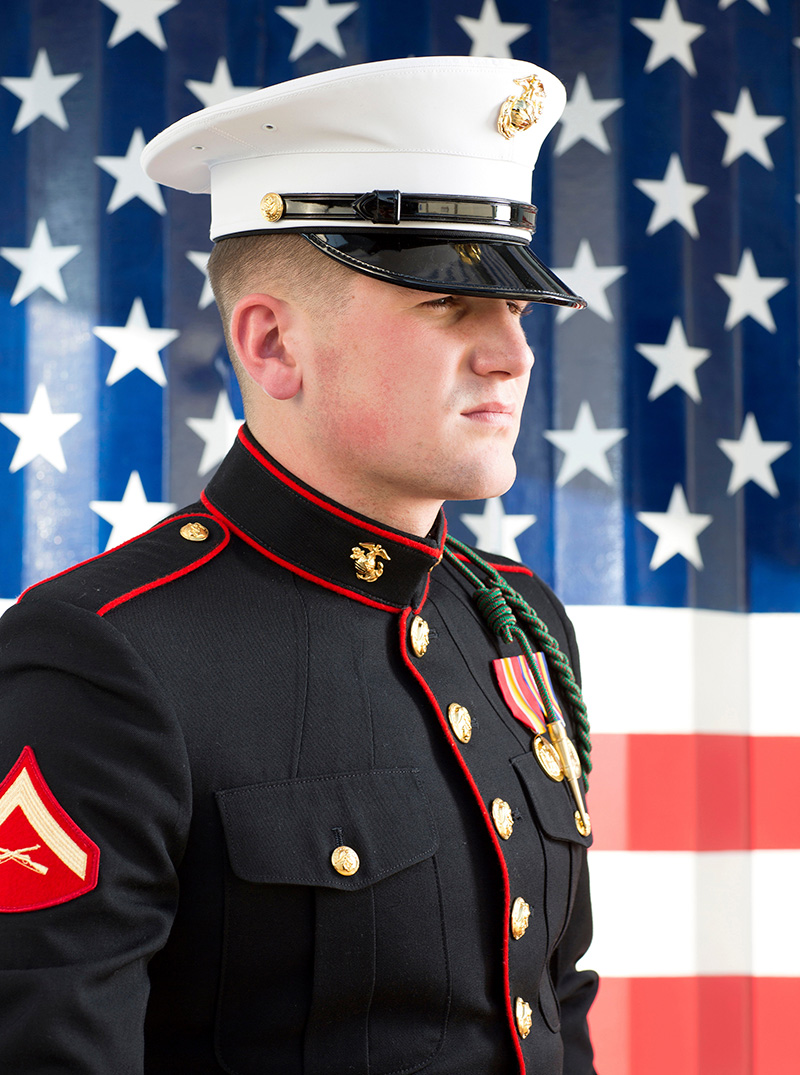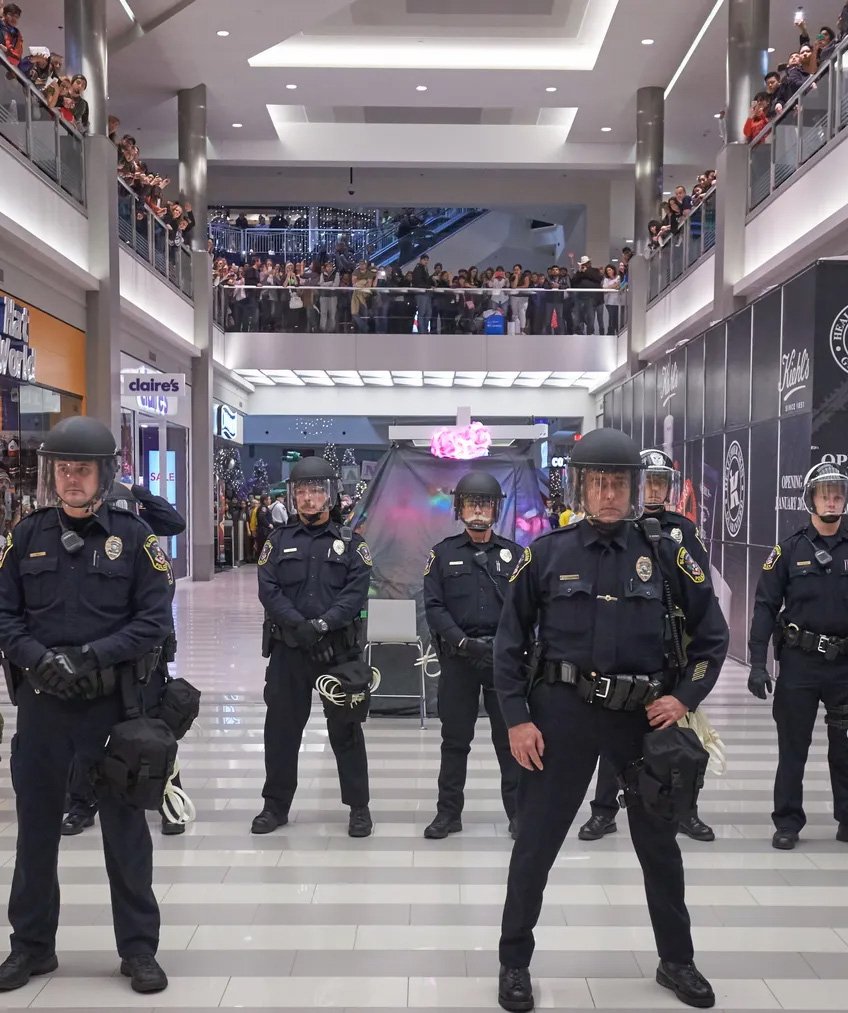Table of Contents
- Introduction
- The Foundation of Situational Awareness
- Seeing Beyond the Obvious: Architectural Insights
- Navigating Life’s Construction Site: Project Management Wisdom
- Crime Prevention Through Environmental Design: A Strategic Blueprint
- Preparedness as a Program: Lessons from Program Management
- Building Resilience: The Sports Connection
- History’s Echo: Learning from the Past
- Architecture of Awareness: Constructing Mental Fortitude
- Walking the Crime Prevention Beat: A Specialist’s Perspective
- Left of Bang Living: The Marine Corps Way
- Conclusion
- FAQs
The Foundation of Situational Awareness
Situational awareness is the “cornerstone of a well-designed structure” for life’s complex challenges. Just as an Architect explores the surroundings to envision the optimal placement of a building on a site, being aware of one’s surroundings forms the basis of preparedness to act. It’s about living/acting in the present moment through the power of observation… while keeping an eye on foreseeable outcomes and formulating action plans. But how can we cultivate this awareness in our daily lives? It’s not merely about seeing; it’s about truly observing and understanding the intricate interplay of factors and clues all around us.
Seeing Beyond the Obvious: Architectural Insights
As a licensed Architect, you understand the importance of seeing beyond the obvious and commonplace. It’s not just about aesthetics; it’s about foreseeing potential flaws and vulnerabilities in a design or existing condition. Similarly, situational awareness demands that we assess our environment for potential risks or those conditions needing repair, replacement, or enhancement. Just like a building is vulnerable if not well-constructed, our lives can be imperiled if not prepared to deal with the environment. In both architecture and preparedness, insightful [or educated and prepared] vision means recognizing subtleties that others might overlook.
Navigating Life’s Construction Site: Project Management Wisdom
A Project Manager’s expertise lies in orchestrating multifaceted tasks into a cohesive whole and scheduling it about a timeline for completion within a strict budget. Similarly, in life, we manage a multitude of tasks, responsibilities, and potential challenges. Marine Corps’ situational awareness training teaches us to focus with greater clarity, just as a project manager prioritizes tasks to meet deadlines. Being “Left of Bang” means anticipating challenges and addressing them proactively, rather than reacting when it might be too late [and for folks in the military and law enforcement, possibly terminal].
Crime Prevention Through Environmental Design: A Strategic Blueprint
Your role as a CPTED student, or Crime Prevention Specialist, aligns well with the concept and application of situational awareness. By creating an environment that discourages criminal activity, you apply some of the same principles. Marine Corps’ training echoes this approach – understanding, mitigating, and nullifying threats before they escalate. Just as your architectural designs aim to deter criminal behavior through thoughtful planning, situational awareness equips us to detect potential threats and take preventive actions in our lives.
Preparedness as a Program: Lessons from Program Management
Program Management involves planning, executing, and adapting strategies. Similarly, situational awareness isn’t static; it’s a dynamic program that evolves based on changing circumstances and often involves continuous improvement techniques such as LEAN. The Marine Corps’ approach of staying vigilant, and anticipating changes, is analogous to an effective program management strategy with extensive systems of checks and balances. Just as a well-managed program identifies potential roadblocks and adjusts its course, situational awareness enables us to navigate life’s challenges with agility and effectiveness.
Building Resilience: The Sports Connection
In the realm of sports, preparation through repetition is key. Athletes train tirelessly, considering all possible scenarios and opponents’ moves. This mirrors situational awareness, where being prepared can become a reflex. The Marine Corps’ focus on readiness resonates with athletes who strive for peak performance while achieving incremental improvement milestones. Just as athletes study their opponents, we can study our environment and circumstances to be ready for whatever eventualities life throws our way.
History’s Echo: Learning from the Past
History is a treasure trove of lessons. It’s about learning from past actions and decisions. Situational awareness, too, is about drawing from experiences to anticipate outcomes. As history informs architecture and the evolution of City Planning, it guides our preparedness and fills our “toolbox” with feasible solutions to implement. An architect studies architectural styles of the past to innovate in the present and project what may be popular in the future; likewise, we can draw from our experiences and history to enhance our awareness and readiness for the future. The Marine Corps has instituted the “Left of Bang” program to increase the awareness and readiness of its Marines to minimize casualties and enhance operational readiness.
Architecture of Awareness: Constructing Mental Fortitude
Architecture is more than structures and color picking; it’s about creating environmental experiences. Similarly, situational awareness is about constructing mental fortitude and honing the ability to read body language, emotional clues, and the “blueprints” of our surroundings. Marine Corps’ training instills the discipline of a strong, survival foundation, fostering the resilience needed to navigate, often hostile life challenges. Just as a well-designed building stands tall through storms, our mental architecture enables us to face adversities with resilience and strength.
Walking the Crime Prevention Beat: A Specialist’s Perspective
Expertise in CPTED and Law Enforcement crime prevention aligns with advanced situational awareness. The fields emphasize the understanding of vulnerabilities and acting preemptively. Marine Corps’ training teaches us to be vigilant, much like a Law Enforcement specialist patrols their beat. Through heightened observation and awareness, we can identify potential risks in our surroundings and take timely actions to mitigate them. A police officer would, for example, be cognizant of any change in pattern and take that as an actionable item or clue.
Left of Bang Living: The Marine Corps Way
“Left of Bang” refers to being proactive, staying ahead of events, and taking preemptive actions. Marine Corps’ training is centered around this concept. It’s not just about reacting; it’s about anticipating. In the same vein, we can approach life with a proactive mindset. By developing situational awareness, we shift from being passive observers to active participants, seizing opportunities and addressing challenges before they escalate.
Conclusion
In a world of uncertainties, the Marine Corps’ situational awareness training shines as a preparatory guiding light. Just as an Architect envisions a structure, a PM (Project Manager) orchestrates tasks, and a crime prevention CPTED specialist creates a safer environment, situational awareness empowers us to live competently through preparedness. By being “Left of Bang,” we not only anticipate challenges but embrace them with confidence, knowing that our proactive mindset and awareness will guide us through life’s ever-changing landscape.
FAQs
- What is situational awareness? – Situational awareness is the ability to perceive and understand one’s environment, anticipate potential threats, and make informed decisions based on this awareness – before acting. It’s like having a mental radar for your surroundings in order to not fall victim to a situation.
- How does the Marine Corps teach situational awareness? – The Marine Corps employs rigorous training to develop heightened observation skills, quick decision-making abilities, and a proactive mindset – all crucial components of situational awareness. It’s about sharpening your senses and instincts – or going through life in Condition Yellow.
- Can situational awareness be applied to everyday life? – Absolutely. Just as professionals in architecture, project/construction management, and crime prevention apply it to their fields, individuals can cultivate situational awareness for improved personal safety and success. It’s about tuning into your environment and understanding its dynamics.
- What does “Left of Bang” mean? – “Left of Bang” refers to being proactive and preemptive rather than reactive. It involves anticipating events and acting before a situation escalates, much like identifying potential problems before they become crises.
- How can situational awareness enhance preparedness? – Situational awareness enables us to identify potential risks, make informed decisions, and stay ahead of challenges by taking corrective and preemptive action. It’s a mindset that fosters competent living through preparedness. It’s like having a mental safety net that helps you navigate life’s uncertainties successfully.



